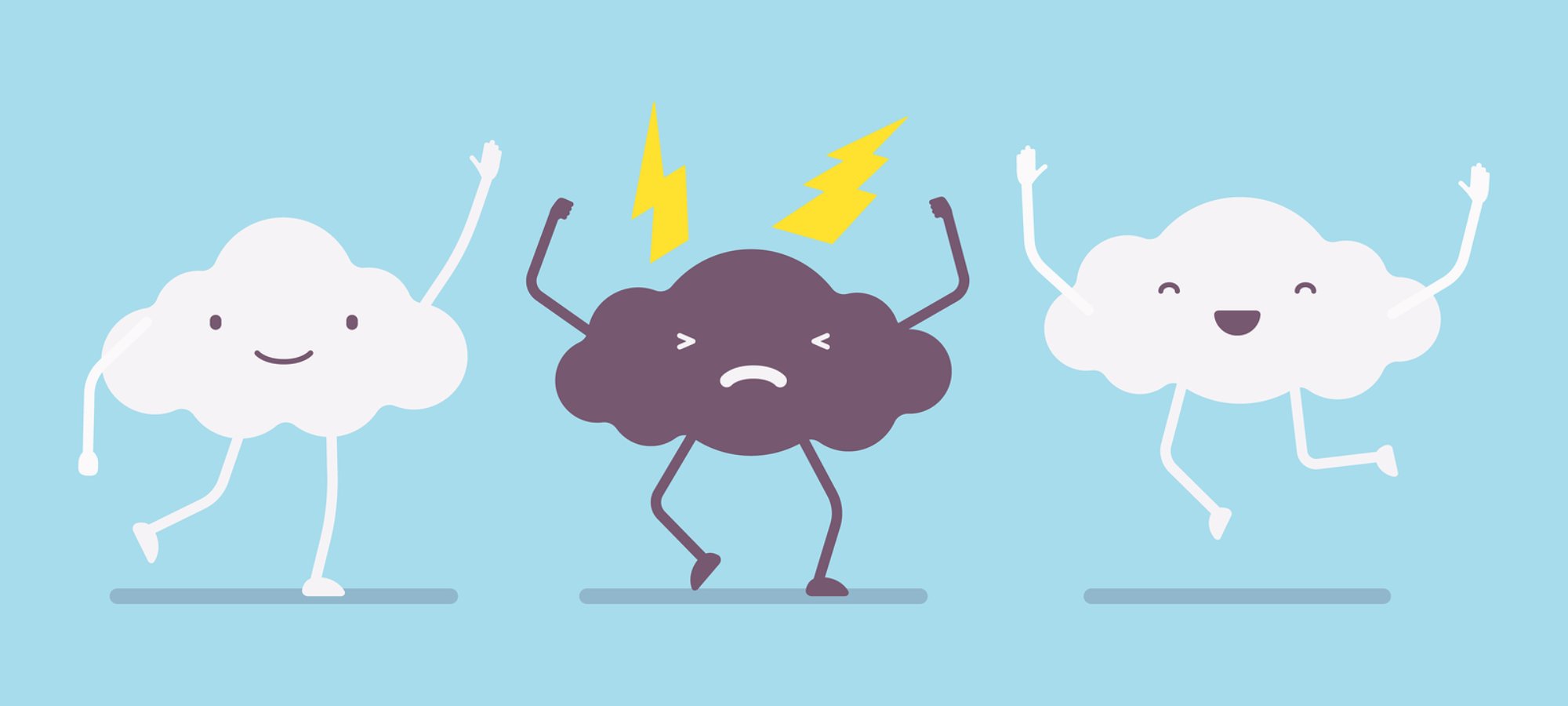Back in April 1985, the Coca-Cola Company introduced a product that became one of the biggest flops in modern history. “New Coke” had a sweeter taste that was so widely reviled that Coke brought back its old formula less than three months later.
Coke says now that it learned a valuable lesson –their research and development didn’t anticipate their customer’s deep emotional attachment to the brand and the taste of the original.
I bring this up now because I see companies continuing to make the same mistake. They change things to be new and different, ignoring whether the change is wanted or appreciated by customers.
Take Apple computers. Apple loyalists were outraged last year when the company introduced its iPhone 7 without a standard headphone jack. On their laptops, they’ve been eliminating USB ports in favor of new Thunderbolt 3 ports, all in the name of packing more computer power into an ever smaller and lighter device. Or, as Apple puts it, the new port “integrates data transfer, charging, and video output in a single connector, delivering up to 40Gb/s of throughput for twice the bandwidth of Thunderbolt 2.”
Um, ok. I’m sure some people are impressed by that, but what I’m thinking is that I’ll now have to spend about $30 a pop to buy adapters to connect my existing external devices to these new ports. Add to that the $300 touchbar option – which is no doubt cool but will also require me to learn to use it in place of the function keys that are familiar and work just fine for me.
As Coke learned over 30 years ago, different is not always what the customer wants.
Consider Your Customers
When we work with companies in our customer experience consultancy, we urge them to look at changes from the “outside in,” evaluating the impact on the customer’s experience before committing to something new. One critical fact that Prof. Ryan Hamilton and I explore in depth in our book, The Intuitive Customer, is that customers want things to be easy. They want purchasing decisions to be easy and they want it to be easy to interact with your product or service. When you change things – especially in technology – you force customers to learn a new way of doing things.
Newness can be inconvenient in the short run, and that can affect customer loyalty. Loyal customers like the brand, they trust it, and they will buy it again and tell their friends. However, loyalty and trust are a two way street. When a brand suddenly changes a fundamental product or alters a feature to make a product less convenient for the customer, customers can feel betrayed. They’ve been loyal to the brand, but the brand isn’t looking out for them.
The way a company presents these changes is critical. Because more than half of a customer’s buying – and nearly every aspect of customer loyalty – is driven by emotional factors, the explanation must anticipate and appeal to the customer’s emotions. For a customer to embrace change, there has to be a clear emotional benefit, especially when the customer is investing hundreds of dollars.
How to Make a Customer-Centric Change
So what should companies do if they plan on changing a product, service or user interface? I have these suggestions:
- First, understand how the change will impact customers. Will it make their lives better or or is it just change for the sake of change? If it’s the latter, rethink your strategy.
- Explain the change to your loyal customers in advance. If the change is forced by profit issues, explain this in a way that connects with your customers’ feelings about the company. If the change will be better for customers, explain it in terms of the ways in which customers will benefit. Appeal to their emotions, not to rational issues like computing speed, weight and price.
- Offer advice, tutorials and customer service support if appropriate to ease the transition.
- Try offering another perk to offset any negative reaction.
Change can be good, if it’s done with the customer in mind. But if you ignore the needs and wants of your loyal customers, you might just have another New Coke on your hands.
Technology products change quickly. How should tech companies manage these changes to avoid alienating their best customers? Share your thoughts below.
If you liked this blog, you might also enjoy these:
Another Amazing Mistake – Customers Revolt!
Revolutionary Thinking on Customer Loyalty
Stop Now! Six Mistakes Being Made with Your Digital Experience
Colin Shaw is the founder and CEO of Beyond Philosophy, one of the world’s leading Customer experience consultancy & training organizations. Colin is an international author of six bestselling books and an engaging keynote speaker.
Follow Colin Shaw on Twitter @ColinShaw_CX


